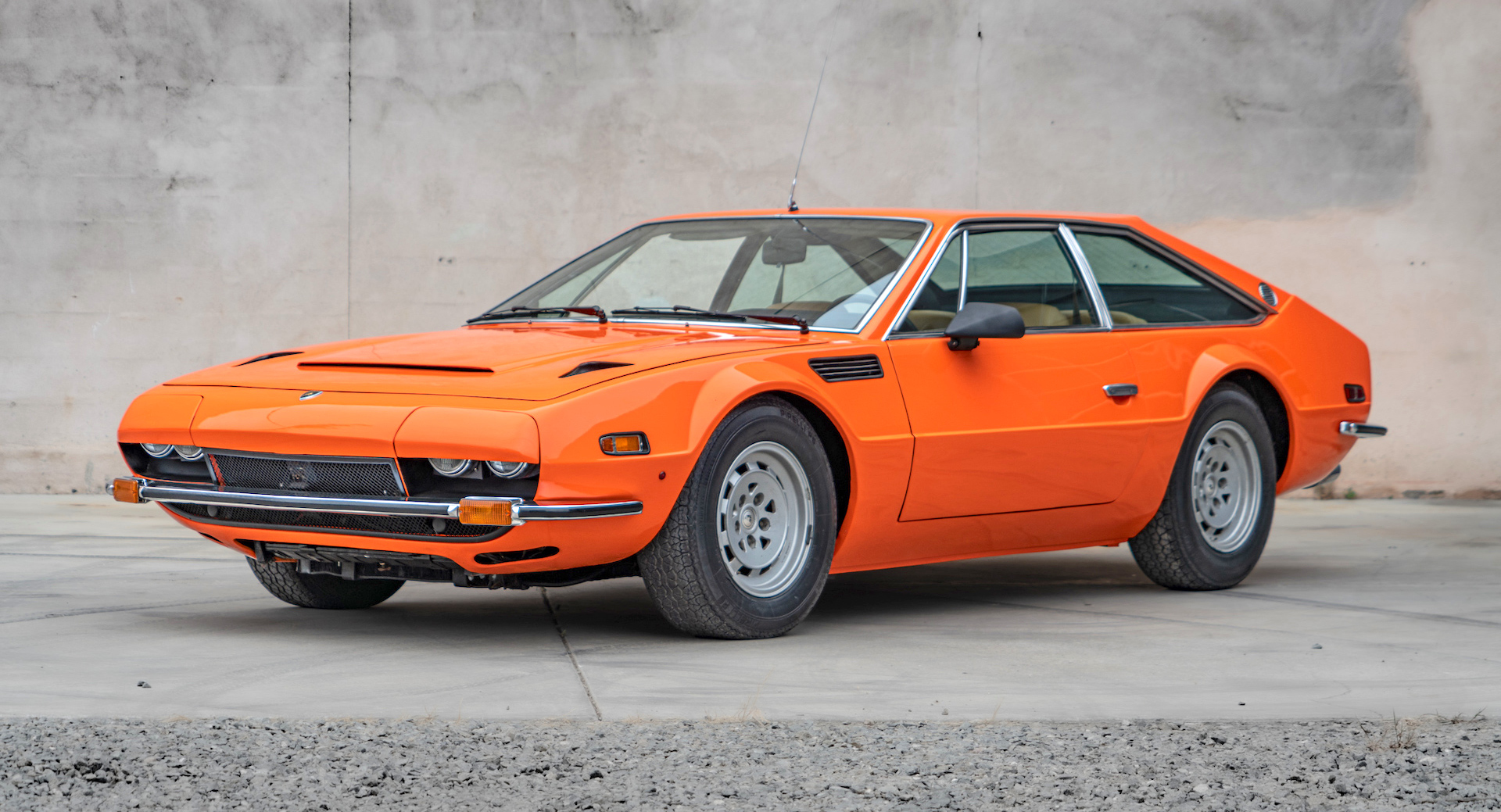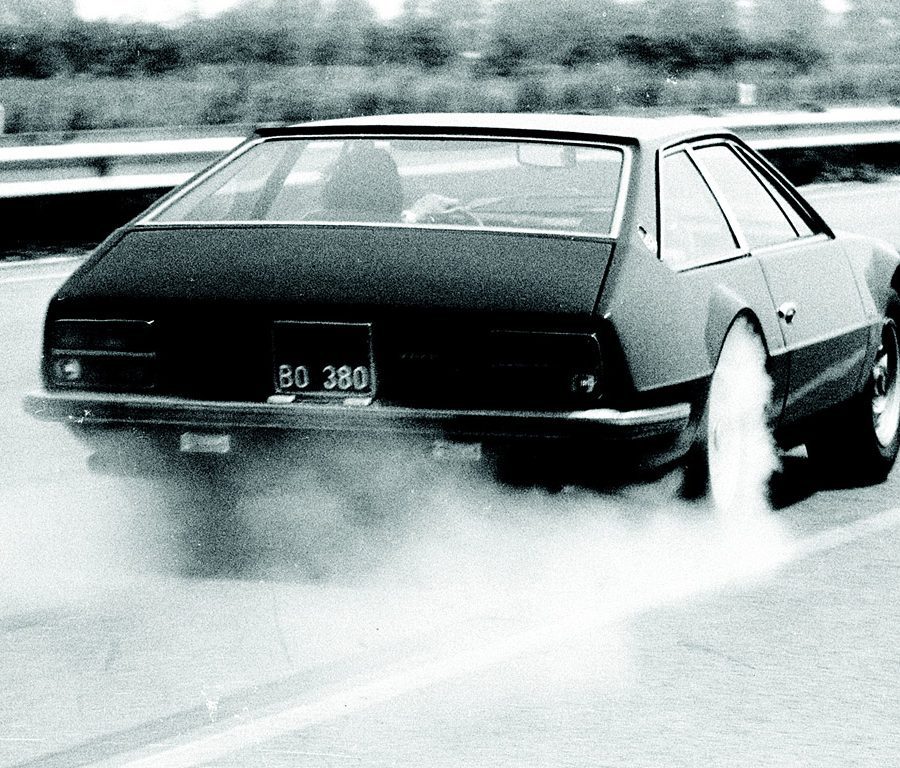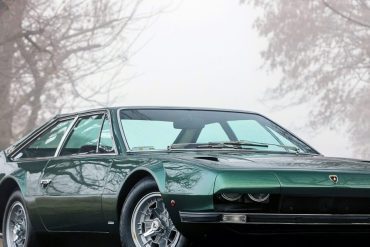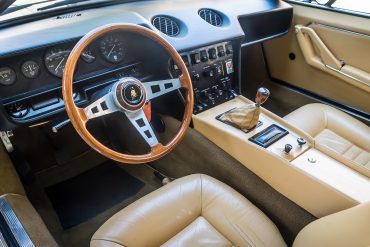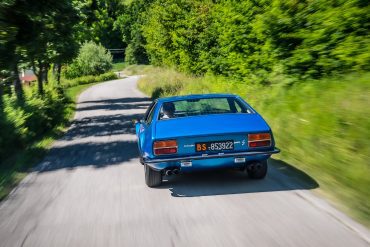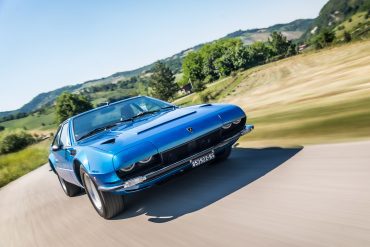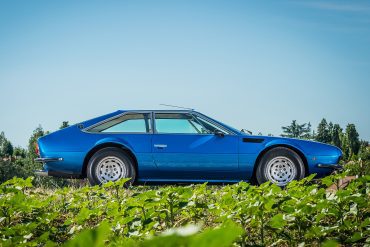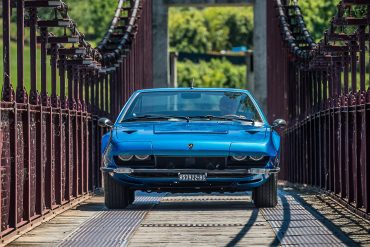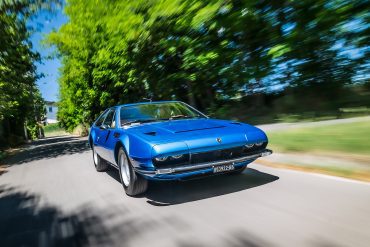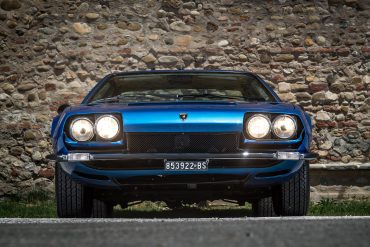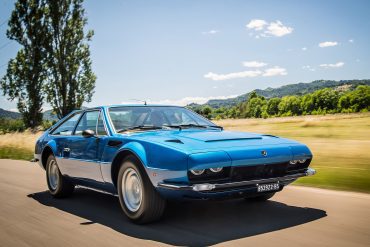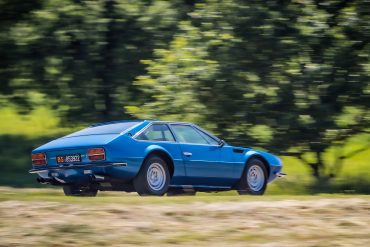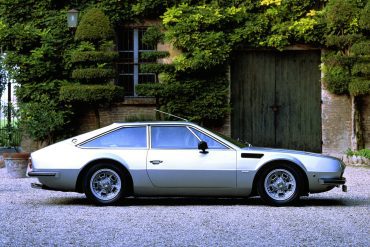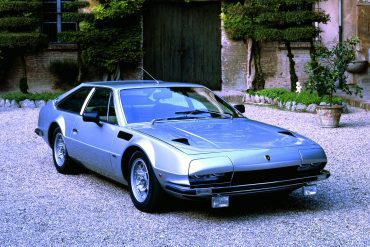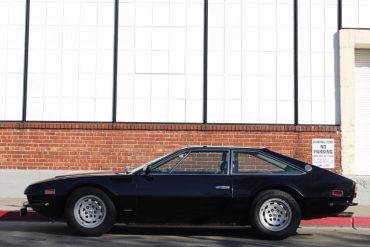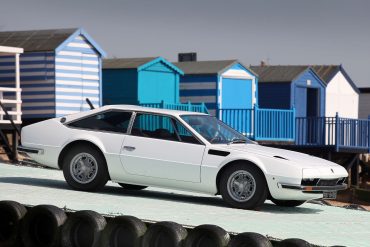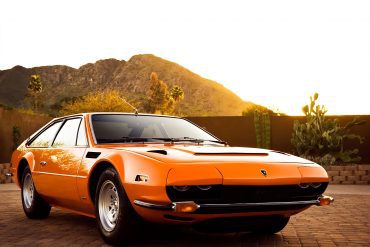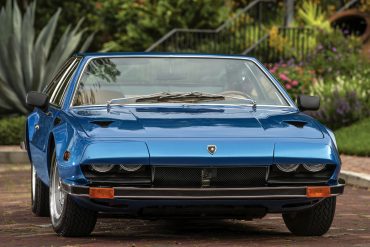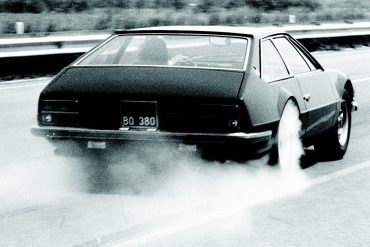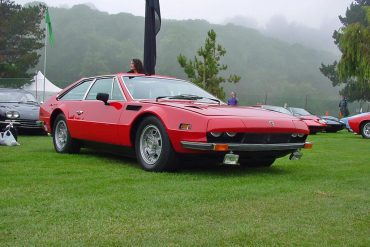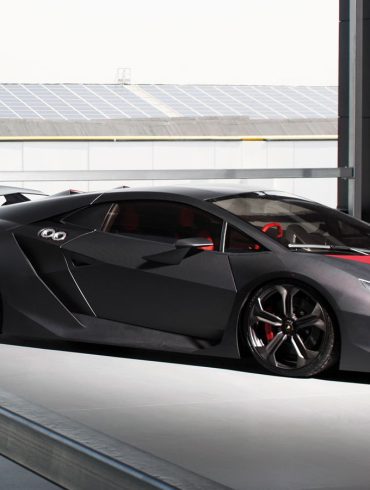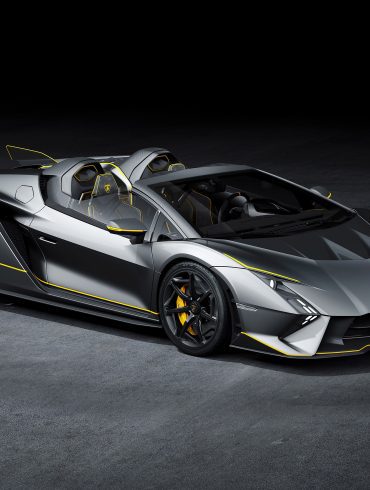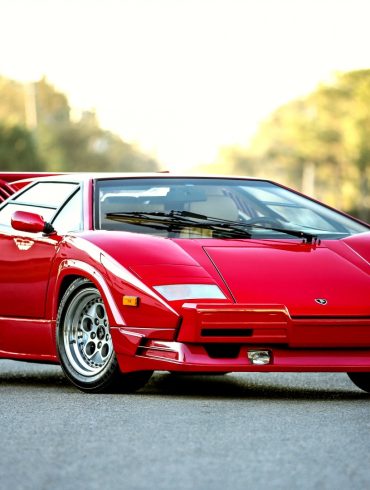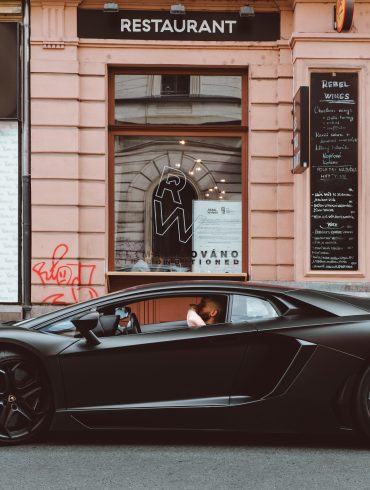1970 Lamborghini Jarama 400 Think of the Lamborghini Jarama as a Lamborghini Islero version 2.o. It had a shorter chassis to meet U.S. standards (the main reason it was commissioned in the first place), shortened by almost 11 inches. The original GT had a V12 with 350 bhp and was followed by the...
Lamborghini Jarama
The Islero Version 2.0
1970 - 1976
Think of the Lamborghini Jarama as a Lamborghini Islero version 2.0. It had a shorter chassis to meet U.S. standards (the main reason it was commissioned in the first place), shortened by almost 11 inches. Thanks to the excellent combination of a strong engine and luxurious comfort it was one of the founders favorite cars. The original GT had a V12 with 350 bhp and was followed by the GTS that had 365 bhp. A total of 328 Jaramas were built.
Overview / Featured / Variants / Models In-Depth / Specs / Image Gallery / More Updates
Overview
In the illustrious history of Lamborghini, certain models like the Miura and Countach have stolen the spotlight, becoming icons of automotive design and engineering. However, nestled within Lamborghini's rich lineage lies a lesser-known gem that connoisseurs of classic cars hold in high regard—the Lamborghini Jarama. Combining understated elegance with formidable performance, the Jarama is a testament to a period in automotive history where luxury seamlessly met with raw power.
Launched in 1970 and produced until 1976, the Lamborghini Jarama was a creation born out of necessity. Lamborghini needed a grand tourer that complied with the stringent U.S. safety and emissions standards without compromising on the brand’s hallmark of high performance and Italian craftsmanship. Named after the Jarama racing circuit in Spain, this car was designed by Marcello Gandini of Bertone, who was also the mastermind behind the Miura and the Espada.
The Jarama’s design was a blend of sharp angles and flowing lines, a hallmark of Gandini's work during that era. Its appearance was distinctive yet understated, characterized by a low-slung body, pop-up headlights, and a spacious interior that offered comfort without sacrificing the sporty feel. Unlike its more flamboyant siblings, the Jarama’s design was subtle, making it one of the most understated Lamborghinis. This grand tourer was practical yet elegant, offering a 2+2 seating configuration that made it a more accessible choice for the discerning enthusiast.
Underneath its hood, the Jarama boasted a 3.9-liter V12 engine, a powerhouse that echoed Lamborghini's commitment to performance. With around 350 horsepower in the Jarama S, its more powerful variant, it delivered exhilarating performance that could propel the car to top speeds of over 250 km/h (155 mph). The car's front-mid engine layout and rear-wheel drive ensured a balanced weight distribution, providing a driving experience that was both dynamic and engaging.
With only 328 units ever produced, the Jarama remains one of the rarest Lamborghini models, a factor that has only heightened its appeal among collectors. Its rarity, combined with its unique position in Lamborghini’s history, has transformed the Jarama from a forgotten model into a sought-after classic. Today, it embodies a nostalgic allure, representing an era of Lamborghini's history where experimentation and traditionalism merged.
The Lamborghini Jarama stands as a monument to a time when cars were an expression of artistry and innovation. Its blend of performance, comfort, and distinctive design offers a unique glimpse into a pivotal era of automotive history. For enthusiasts and collectors, the Jarama is not just a car; it's a piece of Lamborghini’s storied past, encapsulating the spirit of its time with a charisma that is undeniably captivating.
Lamborghini Jarama Basics
Manufacturer: Lamborghini
Production (Yrs): 1970–1976
Production: 328 total units
Production: Jarama: 176 units, Jarama S: 152 units
Assembly: Sant'Agata Italy
Designer: Marcello Gandini at Bertone
Body style: 2-door 2+2 coupé
Layout: FR layout
Engine: 3.9 L (3,929 cc) V12
Trans: 5-speed manual
Trans: 3-speed automatic
Wheelbase: 2,380 mm (93.7 in)
Length: 4,485 mm (176.6 in)
Width: 1,820 mm (71.7 in)
Height: 1,190 mm (46.9 in)
Kerb weight: 1,450 kg (3,197 lb) (dry)
Did You Know?
The Jarama was specifically designed to appeal to the American market. Lamborghini saw the US as a key source of customers for their luxurious high-performance cars.
The Jarama shares its platform with the Espada, but with a shortened wheelbase for sportier handling. Think of it like the Espada's more nimble younger sibling.
The Jarama lived in the shadow of the Miura and Countach, attracting less media attention. That's a shame.
Supercars.net
Lamborghini Jarama Variants
Like the Islero, the Jarama came in two iterations, the Jarama GT and Jarama S. The Jarama GT was the original model offered from 1970-1973, focused on grand touring comfort. Jarama GTS (or Jarama S) was introduced in 1972, this featured a more powerful engine, exterior scoops, and other sporty touches. While most sources refer to the second version as the "Jarama GTS" or "Jarama S", some period advertisements simply called it the "Jarama 400 GT". This can make researching it a bit tricky. Only about 328 Jaramas were ever built, making them a rare and sought-after classic Lamborghini.
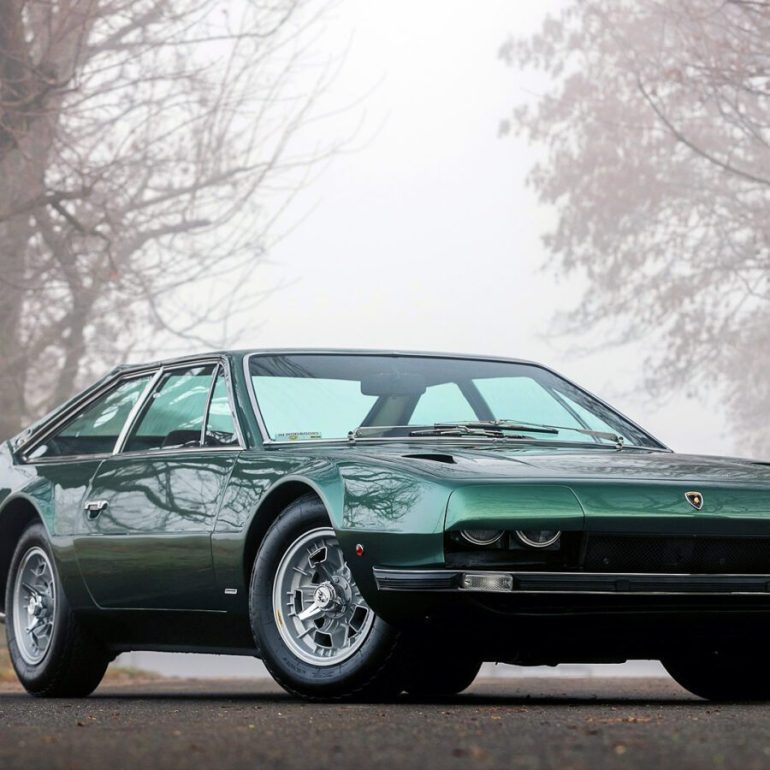
Lamborghini Jarama GT
Years: 1970 – 1972
Engine: 3.9 L Nat Aspirated V12
Power: 350 bhp @ 7,500 rpm
Torque: 289 ft lbs @ 5,500 rpm
0-60 mph: 7.2 seconds
Top Speed: 152 mph
The Lamborghini Jarama GT 400 made its way into production in 1970 as a replacement for the Islero and was Lamborghini’s last front-engined V12 grand tourer. Shorter than the Espada it still offered seating for four.
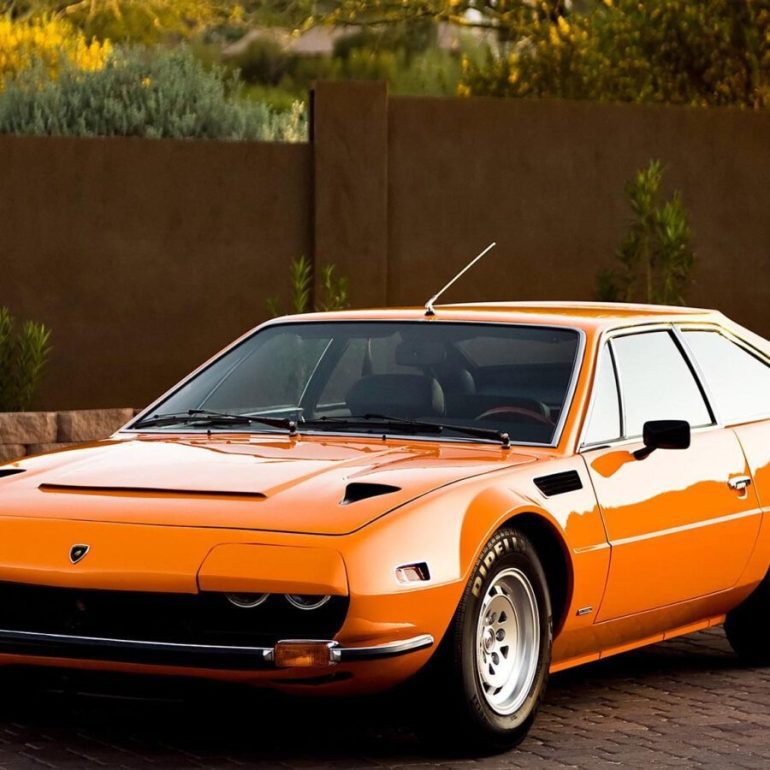
Lamborghini Jarama S
Years: 1972 – 1976
Engine: 3.9 L Nat Aspirated V12
Power: 365 bhp @ 7,500 rpm
Torque: 300 ft lbs @ 5,500 rpm
0-60 mph: 6.8 seconds
Top Speed: 161 mph
The GTS 400 (known as Jarama S) had a few body modifications including a hood scoop, exhaust vents and new wheels. New exhaust and revised heads as well as other engine mods raised power to 365 hp.
Its softer suspension and more luxurious feel, designed specifically for American tastes.
Vintage Road & Race


